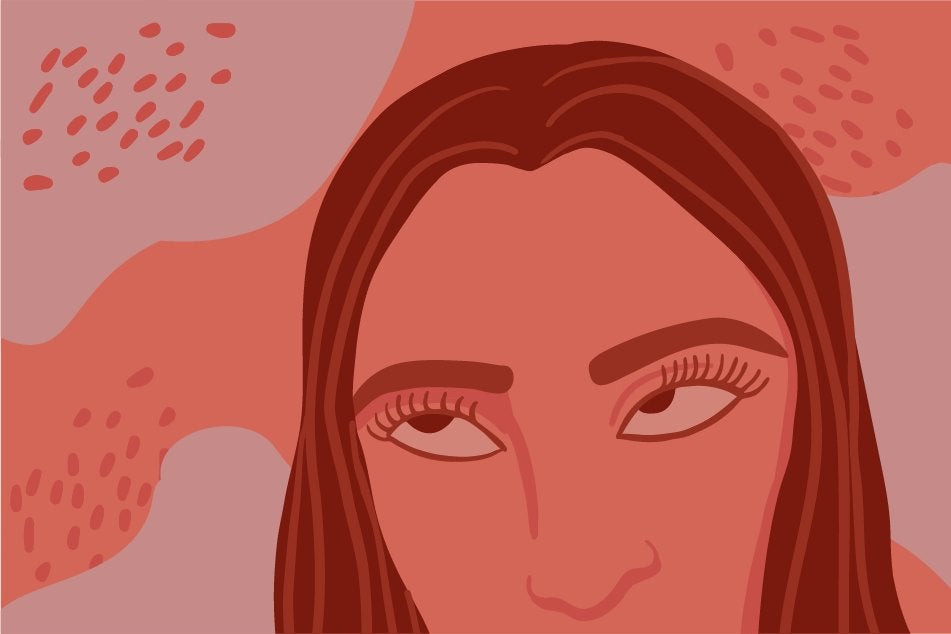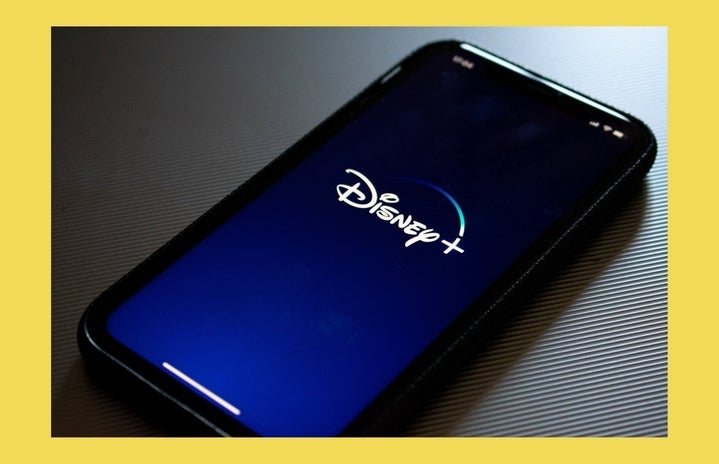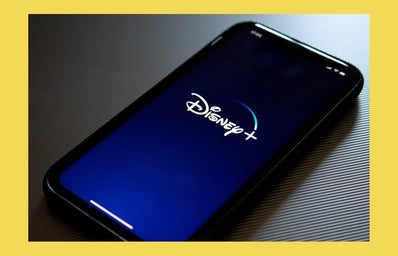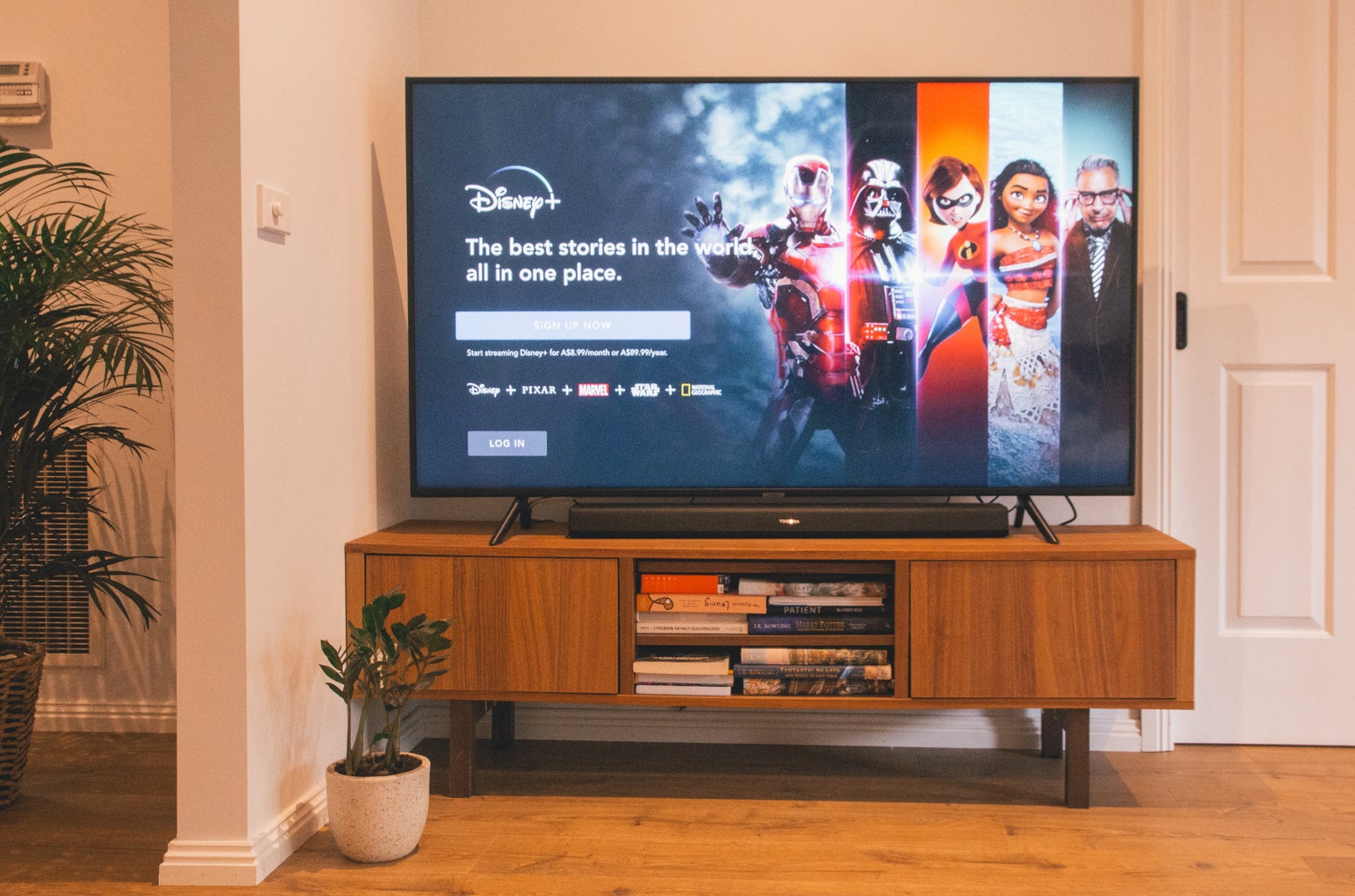Anyone who knows me knows that I am obsessed with Star Wars. I mean it. I quote the movies like the back of my hand, fangirl over my favorite characters, and spend an unusual amount of time twirling lightsabers in my backyard.
My love for Star Wars, however, does not prevent me from watching it critically. Star Wars has its cinematic flaws—how did the Emperor come back from the dead, exactly?—but it isn’t necessarily the plot holes that irk me. Rather, it is the halfhearted attempt at inclusivity in the recent films that frustrates me beyond measure.
As a young woman who geeks out about science fiction movies on a routine basis, I am disappointed that I am less represented than men when it comes to this genre of film. People of color, especially women of color, have it even worse than I do as a white woman. Science fiction has long been catered to the cisgender, heterosexual, white man, and Star Wars is no exception.
Picture the iconic Star Wars gang: Luke Skywalker, Han Solo, Princess Leia, Chewbacca, C-3PO and R2-D2. It looks familiar to us—normal, even. Now, flip everyone’s genders. Luke, Han, Chewie, Threepio and Artoo are all women, and Leia is the only man. Imagine them in the Falcon together. Imagine them on the Death Star. Imagine watching the story of five women and one man as they fight the Empire and save the galaxy. It seems off, doesn’t it?
If it’s strange to imagine a majority female cast in sci-fi action movies, then how come majority male casts don’t evoke similar criticisms? It isn’t just the Star Wars movies that adhere to this unequal formula—think about The Avengers. Or Guardians of the Galaxy. Or Star Trek. The primary group of characters in these movies each features an array of powerful men, but only one woman. It would seem that modern sci-fi filmmakers are under the impression that adding a token strong female character to the squad of men is an iconic feminist move.
It’s not.
Don’t get me wrong—Leia, Black Widow, Gamora and Uhura are all empowering women that I look up to. However, upon closer inspection of their roles in the films, we begin to understand that they really just exist to bolster the story of the male protagonist. All of these characters, for instance, serve as the man’s love interest at one point or another. Their character developments are not as fleshed out as the men’s, and oftentimes they are depicted at angles or in clothing that objectify them for the male audience’s viewing pleasure. (Don’t even get me started on Wonder Woman’s portrayal in Justice League, in which half of the shots are angled at her rear.)
Rounding back to Star Wars, one would think that in an age marked by social movements and civil action, today’s newest Star Wars films would certainly reflect the diversity of our country… right? Wrong. In The Force Awakens, Disney once again followed the majority male cast + one token strong female character formula with the introduction of Rey, and again with Jyn Erso in Rogue One: A Star Wars Story. The only significant Black character in the sequel trilogy, Finn, was given immense potential for a meaningful storyline in The Force Awakens, but was reduced to a minor role in The Last Jedi and The Rise of Skywalker. Rose, who is portrayed by an Asian woman, was introduced as a crucial character in The Last Jedi, but was practically dropped by the franchise after toxic fans bullied the actor off social media. Numerous fans had a dream that two male characters—Finn and Poe Dameron—would end up as a couple, which Disney promptly squashed by introducing another female character in the last movie, whose sole purpose was to be the “ex-girlfriend” that Poe never really got over.
But not to worry! Disney doesn’t contribute to systems of sexism, racism, or homophobia. After all, they did include women in their casting, and people of color, too. And they made up for the Finn-Poe fantasy with a two-second lesbian kiss between characters we don’t even know the names of! See? So progressive.
The “inclusivity” that Disney sports in the Star Wars sequel trilogy feels performative and superficial. Sure, I can identify with Rey, the only female character of significance, and sure, I can admire her strength. But why should the character I identify with always function in the man’s interest? Why must I always be in a relationship, and why must I always rely on the man’s story arc to further my own? Not only does it make me feel invisible, ignored and othered, it also projects a loud message about women’s role in society as a whole. Am I forever destined to depend on a man in order to find meaningful fulfillment in my life? (I think not.)

And how can Disney possibly think that fans who belong to marginalized communities will feel represented by ditching the development of a character of color, or throwing in a lesbian kiss so brief that you could miss it with the blink of an eye? It seems that Disney’s “inclusivity” is just Disney’s way of saving face from being called out for a lack of diversity. Disney’s representation claims to empower others, but in reality, it does nothing to challenge the oppressive systems at large.
I’m an optimistic person. I recognize that society—including popular culture—is making progress when it comes to representation. However, it is necessary to call out perfunctory acts of inclusion like Disney’s, especially when Disney is so prominent and monopolistic in the world of entertainment. As a corporate media conglomerate whose content is consumed by millions of people, it’s not only important that Disney does better; it’s urgent. My demand is simple: More women. More diversity. More recognition. You can never have too much of any.
If you would like to write for Her Campus Mount Holyoke, or if you have any questions or comments for us, please email hc.mtholyoke@hercampus.com.


